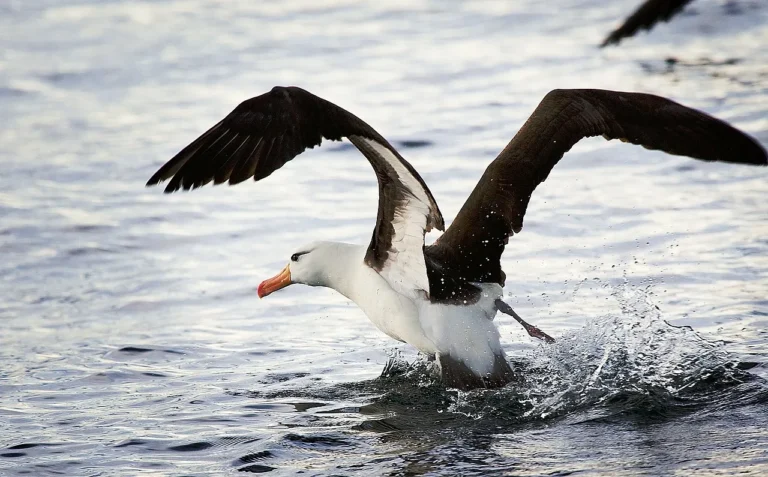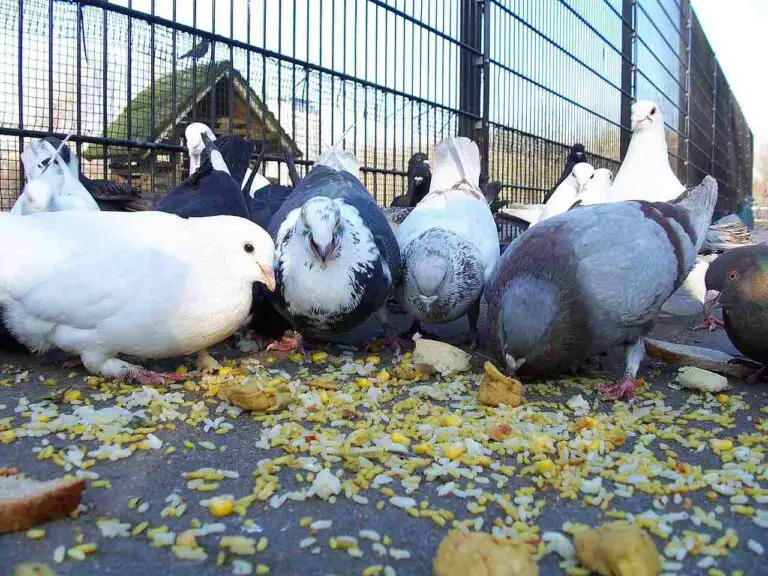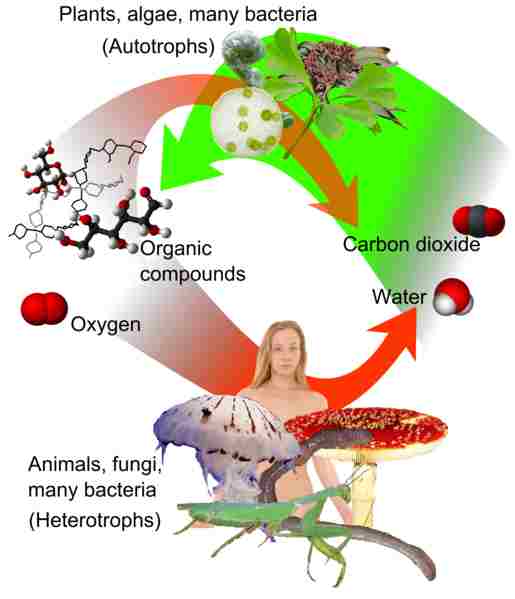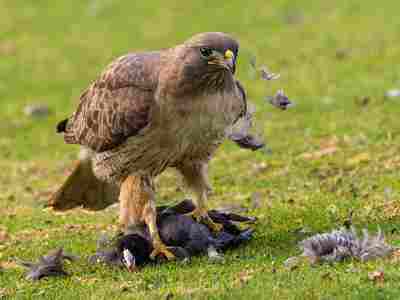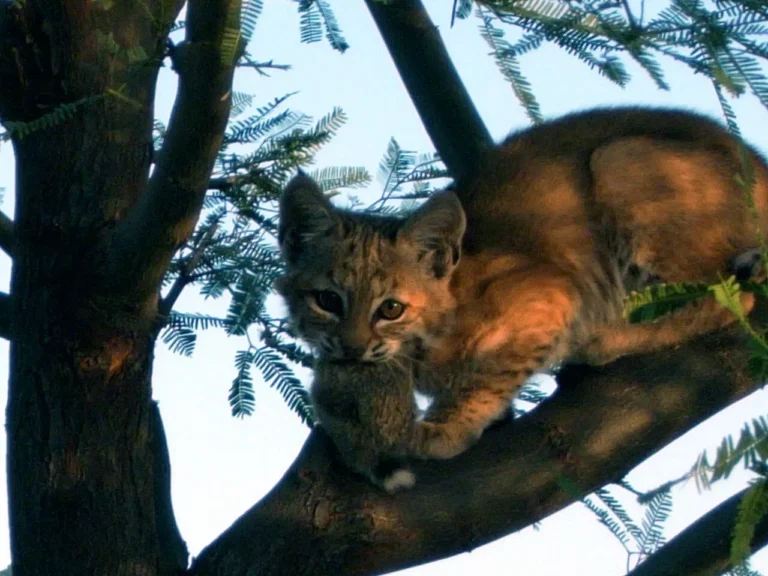Is a Dragonfly a Consumer? Analyzing the Feeding Behavior of Dragonflies
Dragonflies are classified as consumers because they rely on other organisms or their products to obtain energy and nutrients. As carnivorous insects, dragonflies feed on other animals, such as insects and small aquatic organisms. This feeding behavior places them in the category of secondary consumers in the food chain.
Also, dragonflies have a relatively small size and trophic impact compared to larger predators, but they play an important role in controlling populations of primary consumers. By preying on insects like mosquitoes and flies, they help maintain balance in ecosystems and prevent outbreaks of these pests.
Is a Dragonfly a Producer?
A dragonfly is not a producer.
A producer is an organism that can manufacture its own food from inorganic resources like carbon dioxide, water, and solar energy through a process called photosynthesis. However, dragonflies do not possess the ability to carry out photosynthesis. They rely on other organisms or their products to obtain energy and nutrients. Therefore, dragonflies cannot be classified as producers.
Dragonflies have a higher biological complexity compared to producers. They belong to the animal kingdom and possess characteristics that are distinct from plants, which are the primary producers in most ecosystems. Unlike plants, dragonflies lack typical producer features such as chlorophyll, roots, leaves, and flagella.
Instead of producing their own food, dragonflies are carnivorous predators. They feed on other animals, particularly insects and small aquatic organisms. Their diet consists mainly of primary consumers, which are organisms that directly consume producers. By preying on insects like mosquitoes and flies, dragonflies help control their populations and maintain balance in ecosystems.
What Type of Consumer is a Dragonfly?
A dragonfly is classified as a secondary consumer. This is based on its feeding behavior as a carnivorous predator that primarily feeds on smaller insects, which are considered primary consumers in the food chain.
As a secondary consumer, the dragonfly occupies a higher trophic level in the ecosystem. It obtains its energy and nutrients by preying on primary consumers, such as mosquitoes, flies, and other small insects. By consuming these primary consumers, the dragonfly plays a crucial role in regulating their populations and maintaining balance in the ecosystem.
Dragonflies are equipped with specialized mouthparts that allow them to capture and consume their prey. Their sharp mandibles enable them to grasp and immobilize their victims, while their long, slender proboscis allows them to pierce and suck out the bodily fluids of their prey. This feeding strategy ensures that the dragonfly obtains the necessary nutrients for its survival and growth.
In addition to their carnivorous feeding behavior, dragonflies are also known for their predatory nature. They are highly skilled hunters, using their exceptional speed, agility, and keen eyesight to locate and capture their prey. Dragonflies are capable of flying at impressive speeds, making them formidable predators in the air. They can perform intricate aerial maneuvers, allowing them to catch their prey mid-flight.
The diet of a dragonfly primarily consists of insects, but they may also consume other small aquatic organisms, such as tadpoles and small fish. However, their main source of food remains insects, particularly those that inhabit the same habitats as dragonflies, such as wetlands, ponds, and streams.
Reasons Why Dragonfly is Classified as a Secondary Consumer
1. Carnivorous Feeding
Carnivorous feeding is one of the main reasons why the dragonfly is classified as a secondary consumer. As a carnivore, the dragonfly primarily feeds on other organisms, such as insects and small aquatic animals. This feeding behavior places the dragonfly in the consumer category, as it relies on consuming other organisms for its energy and nutrients.
Dragonflies have a unique hunting technique that allows them to capture their prey in mid-air. With their exceptional flying abilities, they are able to swiftly maneuver and catch insects on the wing. Their strong jaws, known as mandibles, enable them to grasp and immobilize their prey. Once captured, the dragonfly will consume the entire insect, including the wings, head, and body.
By consuming other organisms, the dragonfly plays a crucial role in controlling insect populations in its ecosystem. It helps to keep the numbers of primary consumers, such as mosquitoes and flies, in check. This predatory behavior contributes to the overall balance and stability of the food chain.
In terms of trophic levels, the dragonfly occupies a position higher than primary consumers but lower than tertiary consumers. It feeds on primary consumers, such as insects and small aquatic animals, but is not a top predator itself. This places the dragonfly in the secondary consumer category.
2. Relatively Small Size and Trophic Impact
The relatively small size of the dragonfly is another factor that contributes to its classification as a secondary consumer. Unlike larger predators such as wolves or cougars, dragonflies are much smaller in size. This means that their trophic impact, or the effect they have on the food chain, is not as significant as that of top-level predators.
Due to their small size, dragonflies primarily feed on smaller organisms such as insects and small aquatic animals. They are not capable of consuming larger prey or exerting a substantial influence on the population dynamics of their ecosystem. Instead, dragonflies play a more specific role in controlling the populations of primary consumers, such as mosquitoes and flies.
While larger predators may have a more direct impact on the overall structure and balance of the food chain, dragonflies contribute to the stability of their ecosystem in a more targeted manner. By preying on primary consumers, they help regulate the population sizes of these organisms, preventing them from becoming too abundant and disrupting the ecosystem.
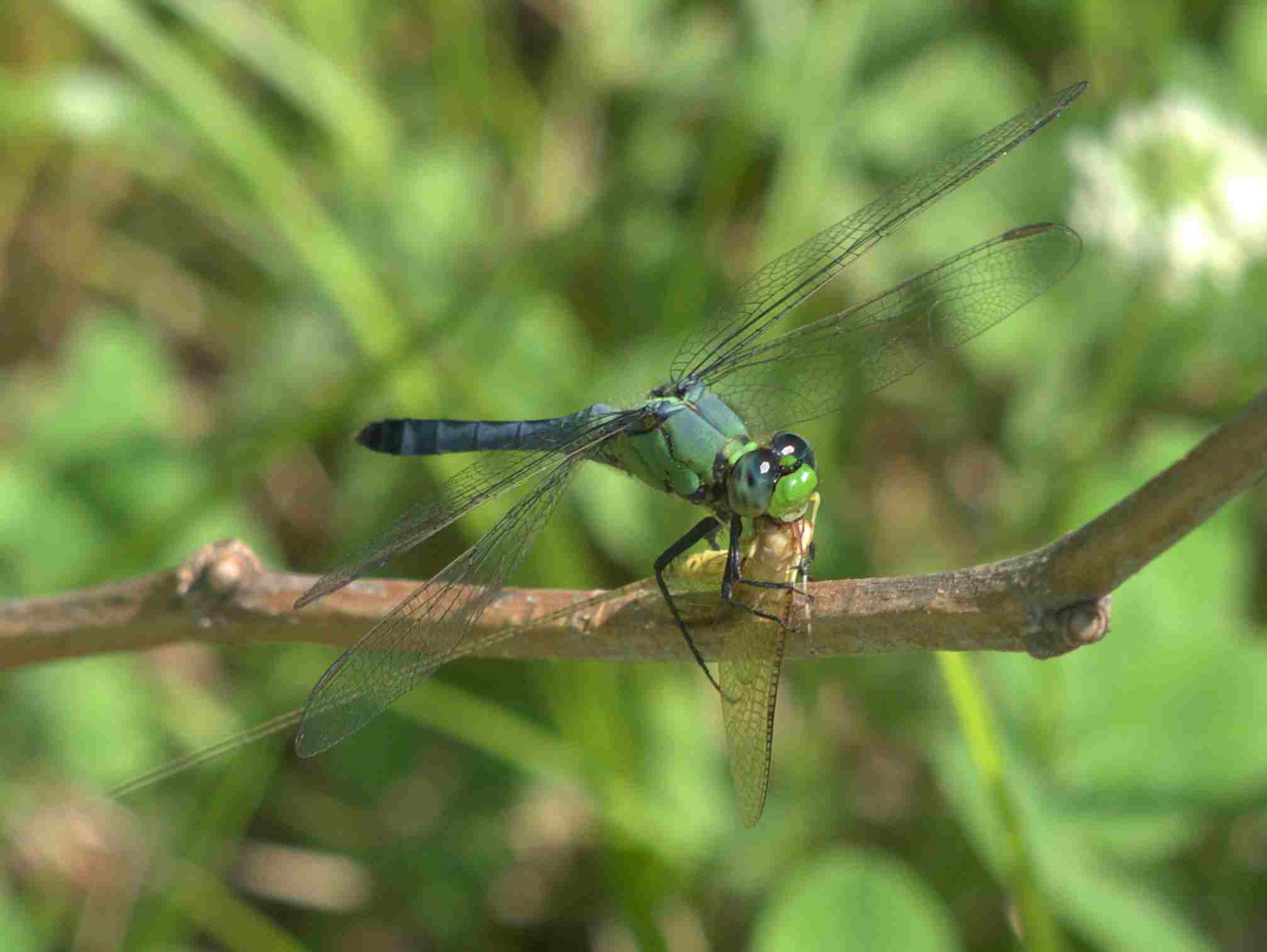
3. Dragonflies Prey on Primary Consumers
Dragonflies prey on primary consumers such as ants, grasshoppers, termites, and butterflies. This feeding behavior classifies the dragonfly as a secondary consumer in the food chain. As a secondary consumer, the dragonfly occupies a higher trophic level than the primary consumers it preys upon.
Dragonflies play a crucial role in regulating the population sizes of primary consumers in their ecosystem. By feeding on these organisms, they help maintain a balance in the ecosystem and prevent the primary consumers from becoming too abundant. This targeted predation helps to control the populations of insects like mosquitoes and flies, which can otherwise disrupt the ecosystem if left unchecked.
The diet of dragonflies primarily consists of smaller organisms, which is in line with their relatively small size. They are not capable of consuming larger prey or exerting a significant impact on the overall structure of the food chain. Instead, dragonflies focus on controlling the populations of primary consumers, contributing to the stability of their ecosystem in a specific and targeted manner.
Is a Dragonfly a Primary Consumer?
No, a dragonfly is not a primary consumer.
While dragonflies are commonly classified as secondary consumers, there is a question as to whether they can also be considered primary consumers. To determine this, we need to understand the feeding behavior of dragonflies and their position in the food chain.
Dragonflies are known for their carnivorous feeding habits. They prey on primary consumers such as grasshoppers, ants, and butterflies. This means that they do not directly feed on producers, but rather on other organisms that consume producers. By feeding on primary consumers, dragonflies occupy a higher trophic level in the food chain.
In terms of trophic levels, primary consumers are organisms that directly consume producers, such as plants or algae. They are the first level of consumers in the food chain. Dragonflies, on the other hand, do not feed on producers but on primary consumers. This places them above primary consumers in the food chain, making them secondary consumers.
Dragonflies play a crucial role in regulating the population sizes of primary consumers in their ecosystem. By preying on these organisms, they help maintain a balance in the ecosystem and prevent primary consumers from becoming too abundant. This targeted predation helps to control the populations of insects like mosquitoes and flies, which can otherwise disrupt the ecosystem if left unchecked.
Is a Dragonfly a Decomposer?
No, a dragonfly is not a decomposer. This is because they have neither detritivorous nor saprophytic attributes.
Decomposers are organisms that play a crucial role in breaking down dead organic matter and recycling nutrients back into the ecosystem. They are typically detritivores or saprophytes, feeding on decaying plant or animal material. However, dragonflies do not possess the characteristics or feeding behavior of decomposers.
Dragonflies are carnivorous insects that primarily feed on other organisms, such as insects and small aquatic animals. They are not detritivores, which means they do not consume dead organic matter. Instead, they rely on live prey for their sustenance. Dragonflies are known for their swift and agile hunting skills, capturing their prey in mid-air or snatching them from the water’s surface.
In terms of their trophic level, dragonflies are classified as secondary consumers. They occupy a higher position in the food chain, feeding on primary consumers like grasshoppers, ants, and butterflies. This makes them an important part of the ecosystem’s predator-prey dynamics, helping to regulate the population sizes of primary consumers.
While dragonflies do not contribute to the decomposition process directly, they indirectly play a role in nutrient cycling. By preying on primary consumers, they help control their populations, preventing them from overconsuming the producers in the ecosystem. This allows the producers, such as plants and algae, to thrive and continue the process of photosynthesis, which is essential for the production of organic matter and the cycling of nutrients.
Is a Dragonfly a Producer, Consumer or Decomposer?
Dragonflies are consumers in the ecosystem. They do not possess the characteristics or abilities to be classified as producers or decomposers.
Dragonflies are not producers because they are not autotrophic. Producers, such as plants and algae, are able to produce their own food through the process of photosynthesis. They convert sunlight, water, and carbon dioxide into glucose, which serves as their source of energy. Dragonflies, on the other hand, do not have the ability to produce their own food. They rely on consuming other organisms for their energy needs.
In terms of being decomposers, dragonflies do not fit this category either. Decomposers are organisms that break down dead organic matter and recycle nutrients back into the ecosystem. They are typically detritivores or saprophytes, feeding on decaying plant or animal material. Dragonflies, however, do not consume dead organic matter. They are carnivorous insects that primarily feed on live prey, such as insects and small aquatic animals.
Dragonflies play an important role as consumers in the ecosystem. They are classified as secondary consumers, occupying a higher position in the food chain. They feed on primary consumers like grasshoppers, ants, and butterflies. By preying on these primary consumers, dragonflies help regulate their populations, preventing them from overconsuming the producers in the ecosystem.
Dragonflies are known for their swift and agile hunting skills. They are adept at capturing their prey in mid-air or snatching them from the water’s surface. Their feeding behavior as carnivorous insects distinguishes them as consumers in the ecosystem.
FAQs
1. Is a Dragonfly a Consumer or Decomposer?
When it comes to the feeding behavior of dragonflies, they are primarily classified as consumers. Dragonflies are insects that belong to the order Odonata and are known for their agile flight and voracious appetite. They play a vital role in the ecosystem as predators, feeding on other organisms to meet their energy needs.
Dragonflies are carnivorous, meaning they primarily feed on other animals. Their diet mainly consists of insects such as mosquitoes, flies, and other small flying insects. They are skilled hunters, using their exceptional vision and speed to catch their prey mid-flight. Dragonflies have sharp mandibles that allow them to grasp and consume their prey efficiently.
In terms of trophic level, dragonflies are considered secondary consumers. They occupy a higher position in the food chain, feeding on primary consumers such as herbivorous insects. This makes them an important link in the transfer of energy and nutrients within the ecosystem.
As consumers, dragonflies do not play a role as decomposers. Decomposers are organisms that break down dead organic matter, returning nutrients to the soil. Dragonflies do not participate in this process, as their diet consists solely of living organisms.
2. Are Dragonflies Primary Consumers?
When considering the feeding behavior of dragonflies, it is important to note that they are not classified as primary consumers. Dragonflies are not herbivorous or omnivorous, but rather, they are carnivorous in nature.
As mentioned earlier, dragonflies primarily feed on other animals, such as mosquitoes, flies, and other small flying insects. They are skilled hunters, using their exceptional vision and speed to catch their prey mid-flight. Their diet consists solely of living organisms, making them secondary consumers in the food chain.
Unlike primary consumers, which feed directly on plants or plant-based materials, dragonflies do not consume vegetation. Instead, they rely on the energy and nutrients obtained from consuming other animals. This distinction places them in the category of secondary consumers.
Generally, dragonflies are not considered primary consumers. They do not feed on plants or plant-based materials, but rather, they are carnivorous and feed on other animals. Their role as secondary consumers in the food chain is crucial for maintaining the balance of ecosystems. By preying on primary consumers, dragonflies contribute to the regulation of insect populations and the transfer of energy within the food web.
3. What is a Dragonfly Classified As?
When considering the classification of a dragonfly in terms of its feeding behavior, it is important to understand that dragonflies are classified as secondary consumers, and occupy the third level of the food chain.
Unlike primary consumers that feed directly on plants or plant-based materials, dragonflies are carnivorous in nature. They primarily feed on other animals, such as mosquitoes, flies, and other small flying insects. With their exceptional vision and speed, dragonflies are skilled hunters, capturing their prey mid-flight.
By consuming other animals, dragonflies obtain the energy and nutrients they need to survive. This places them in the category of secondary consumers, as they rely on the energy transferred from primary consumers.
4. Is a Dragonfly a Consumer or Producer?
A dragonfly is a consumer, not a producer. Unlike producers, such as plants, dragonflies cannot manufacture their own food through photosynthesis. Instead, they rely on consuming other organisms to obtain the energy and nutrients they need to survive.
Dragonflies are predatory organisms, using their exceptional vision and speed to capture their prey mid-flight. They primarily feed on other animals, such as mosquitoes, flies, and other small flying insects. By consuming these animals, dragonflies obtain the energy transferred from primary consumers, placing them in the category of secondary consumers.
As secondary consumers, dragonflies play an important role in the food chain. They help regulate populations of primary consumers, such as mosquitoes, which can be pests to humans. Dragonflies also contribute to the overall balance of ecosystems by controlling the populations of their prey.
5. Is a Dragonfly a Tertiary Consumer?
A dragonfly is not classified as a tertiary consumer. Tertiary consumers are organisms that feed on secondary consumers, which in turn feed on primary consumers. Dragonflies, as secondary consumers, primarily feed on primary consumers such as mosquitoes and flies. They do not typically consume other secondary consumers.
Dragonflies play a crucial role in the food chain as secondary consumers. By feeding on primary consumers, they help regulate the populations of these organisms, which can have significant impacts on ecosystems. However, they do not occupy the position of a tertiary consumer in the food chain.
6. Is a Dragonfly a Carnivore?
Yes, a dragonfly is a carnivore. Dragonflies primarily feed on other insects, making them an important part of the food chain. They have a voracious appetite and are skilled hunters, using their exceptional flying abilities to catch their prey in mid-air.
Dragonflies have a diverse diet, consuming a wide range of insects such as mosquitoes, flies, bees, and butterflies. They are particularly attracted to areas with abundant insect populations, such as near bodies of water or in fields with blooming flowers.
Their feeding behavior is fascinating to observe. Dragonflies use their strong jaws to capture their prey, and their sharp mandibles allow them to tear apart their catch. They are incredibly agile and can change direction quickly, making it difficult for their prey to escape.
As carnivores, dragonflies play a crucial role in controlling insect populations. By feeding on other insects, they help maintain the balance of ecosystems and prevent outbreaks of pests.
7. Is a Dragonfly a Herbivore?
No, a dragonfly is not a herbivore. Dragonflies are carnivorous insects that primarily feed on other insects. They have a diverse diet, consuming mosquitoes, flies, bees, and butterflies. Their feeding behavior is fascinating to observe, as they use their strong jaws and sharp mandibles to capture and tear apart their prey.
Dragonflies play a crucial role in controlling insect populations and maintaining the balance of ecosystems. However, they do not consume plants. Dragonflies are strictly carnivores, focusing on hunting and consuming other insects rather than vegetation.
8. Is a Dragonfly an Omnivore?
Dragonflies are not omnivores. They are specialized carnivores, with a diet that consists mainly of other insects such as mosquitoes, flies, bees, and butterflies. Unlike omnivores, dragonflies are not flexible in their feeding behavior and are solely focused on hunting and consuming other insects.
Their strong jaws and sharp mandibles enable them to capture and tear apart their prey. Dragonflies play a vital role in controlling insect populations and maintaining the balance of ecosystems. However, they do not consume plants or engage in omnivorous feeding habits. Their diet is strictly carnivorous, making them important predators in the insect community.
9. Where is the Dragonfly in the Food Chain?
The dragonfly occupies the trophic level 3 in the food chain, specifically as a secondary consumer. As a secondary consumer, the dragonfly feeds on primary consumers, which are typically herbivorous insects like butterflies and bees. It plays a crucial role in regulating the population of these primary consumers, helping to maintain the balance of the ecosystem.
With its carnivorous feeding behavior and ability to capture and consume other insects, the dragonfly is an important predator in the food chain. Its position as a secondary consumer highlights its significance in the overall functioning of the ecosystem.
10. Is a Dragonfly Larvae a Secondary Consumer?
Yes, a dragonfly larvae is indeed a secondary consumer. Similar to adult dragonflies, dragonfly larvae are also carnivorous. They feed on a variety of prey, including mosquito larvae and other aquatic animals.
This feeding behavior classifies them as secondary consumers in the food chain. Dragonfly larvae play an important role in regulating the population of their prey, contributing to the overall balance of the ecosystem. Their ability to consume other organisms highlights their significance as predators in aquatic environments.
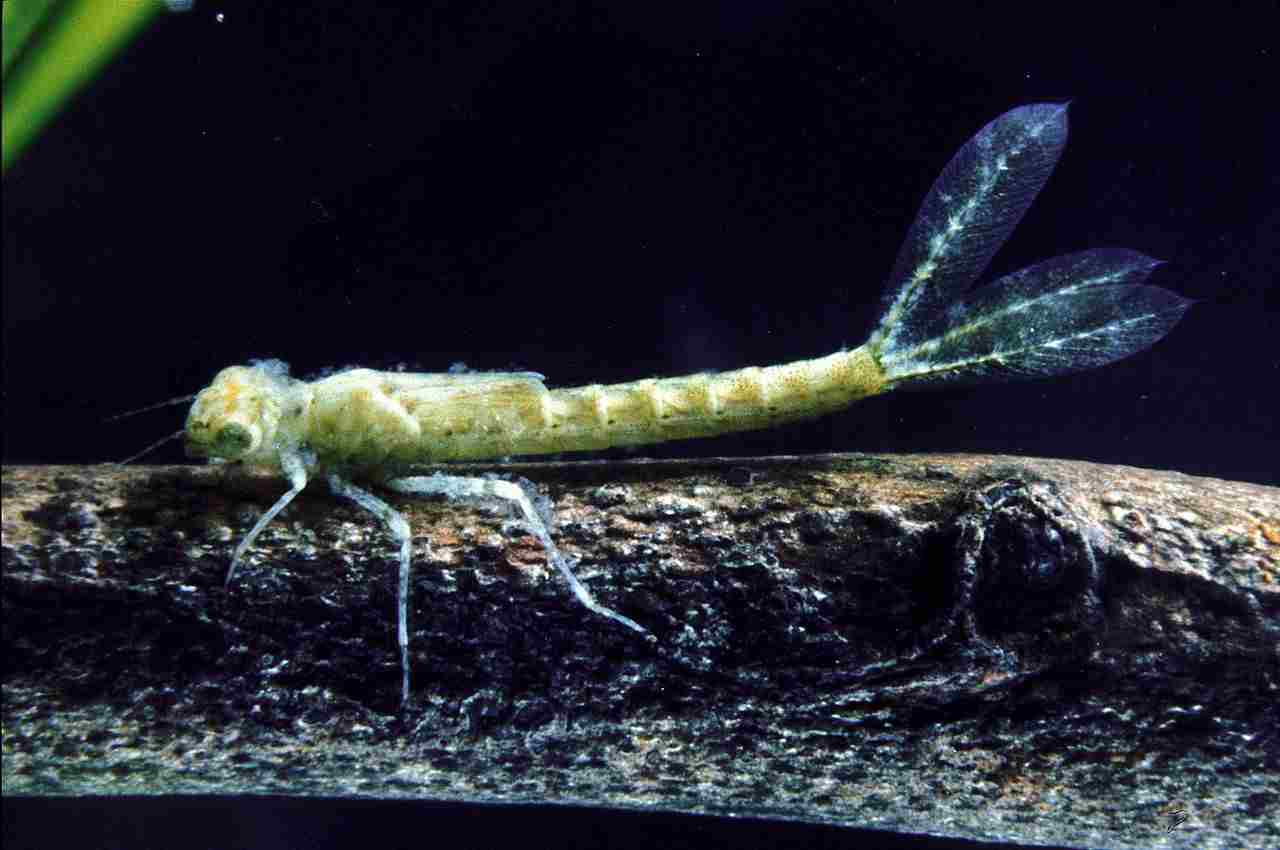
11. Are Dragonflies First Level Consumers?
Dragonflies are not considered first-level consumers, but rather second-level. First-level consumers, also known as primary consumers, are typically herbivorous insects like butterflies and grasshoppers. Dragonflies, on the other hand, are carnivorous and feed on other organisms, making them secondary consumers.
Their diet consists of prey such as mosquitoes and other aquatic animals. This feeding behavior classifies them as secondary consumers in the food chain. Dragonflies play a crucial role in regulating the population of their prey, contributing to the overall balance of the ecosystem.
12. What Insect is a Primary Consumer?
Insects that feed mainly on plants, such as grasshoppers and butterflies, are considered primary consumers. They obtain their energy by consuming producers, such as plants and algae.
However, not all primary consumer insects are herbivorous. Some insects, like ants, are omnivores, meaning they consume both plants and other organisms.
Conclusion
* In this article, we have explored the feeding behavior of dragonflies and analyzed their classification as consumers in the ecosystem.
* We have discussed whether dragonflies are producers, primary consumers, or decomposers, and provided reasons why they are classified as secondary consumers.
* Additionally, we have answered frequently asked questions about the role of dragonflies in the food chain and their feeding habits.
* Overall, dragonflies are carnivorous insects that prey on primary consumers, making them secondary consumers in the food chain. Their relatively small size and trophic impact contribute to their classification as secondary consumers. While they are not primary consumers or decomposers, they play a vital role in maintaining the balance of the ecosystem by controlling populations of insects they feed on.
* Dragonflies are important consumers in the ecosystem, contributing to the regulation of insect populations. Their feeding behavior and classification as secondary consumers highlight their role in the food chain and their impact on the overall ecosystem dynamics. Understanding the feeding behavior of dragonflies helps us appreciate the intricate relationships between organisms and their roles in maintaining ecological balance.
